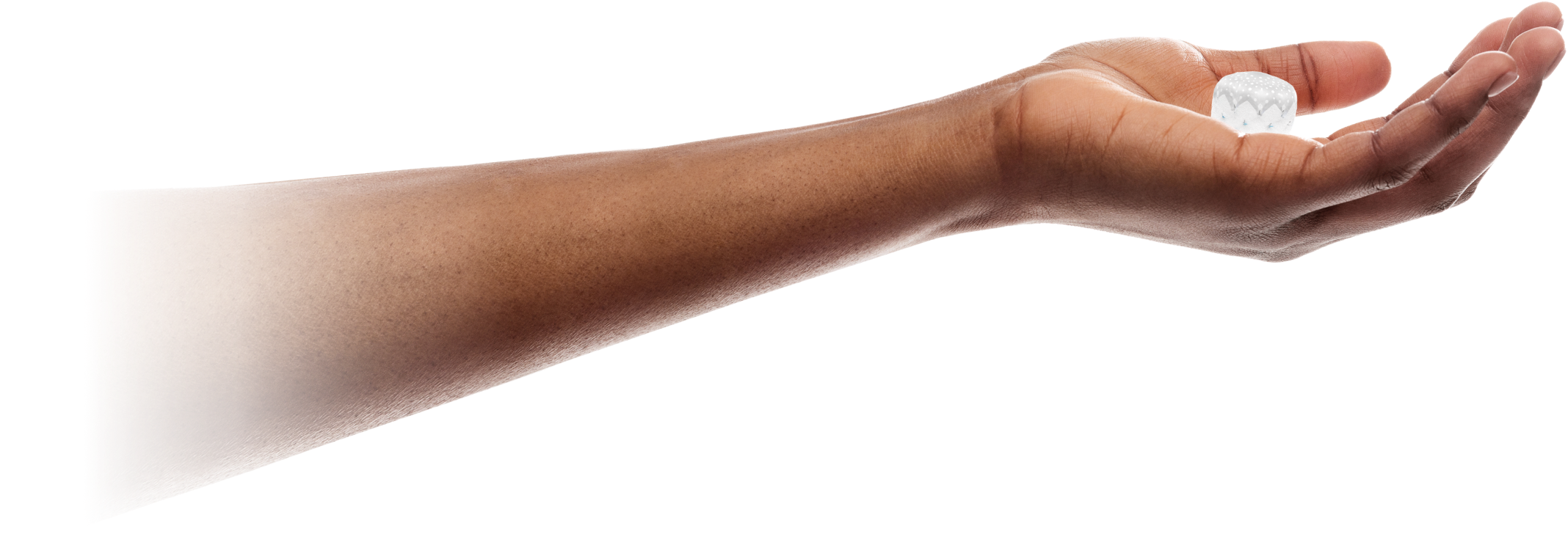Patients with Afib are at an increased risk of stroke.
Atrial fibrillation (Afib), or an irregular heartbeat, can cause blood to pool in a small pouch off the upper left chamber of the heart, known as the left atrial appendage (LAA). This pooling can cause the formation of blood clots which may lead to stroke.



